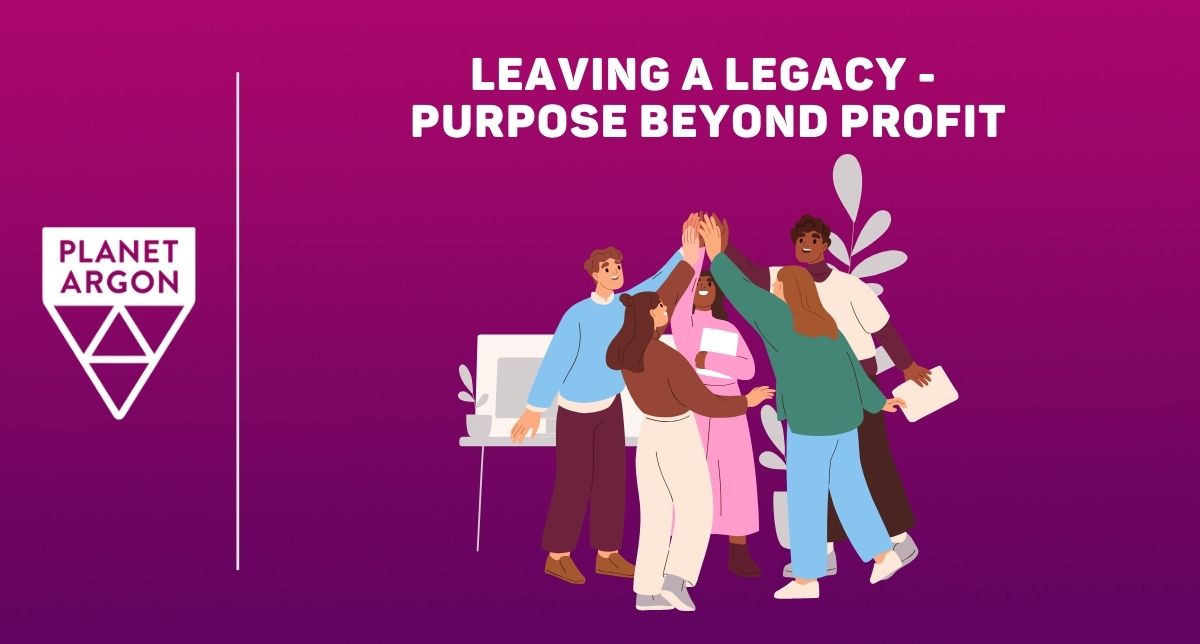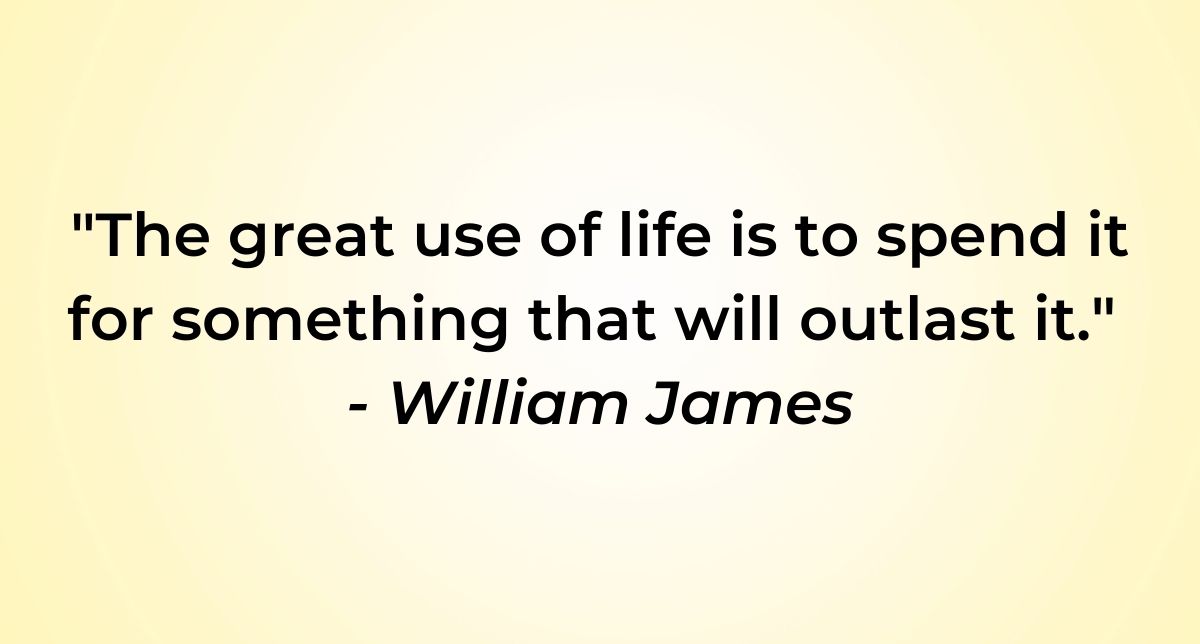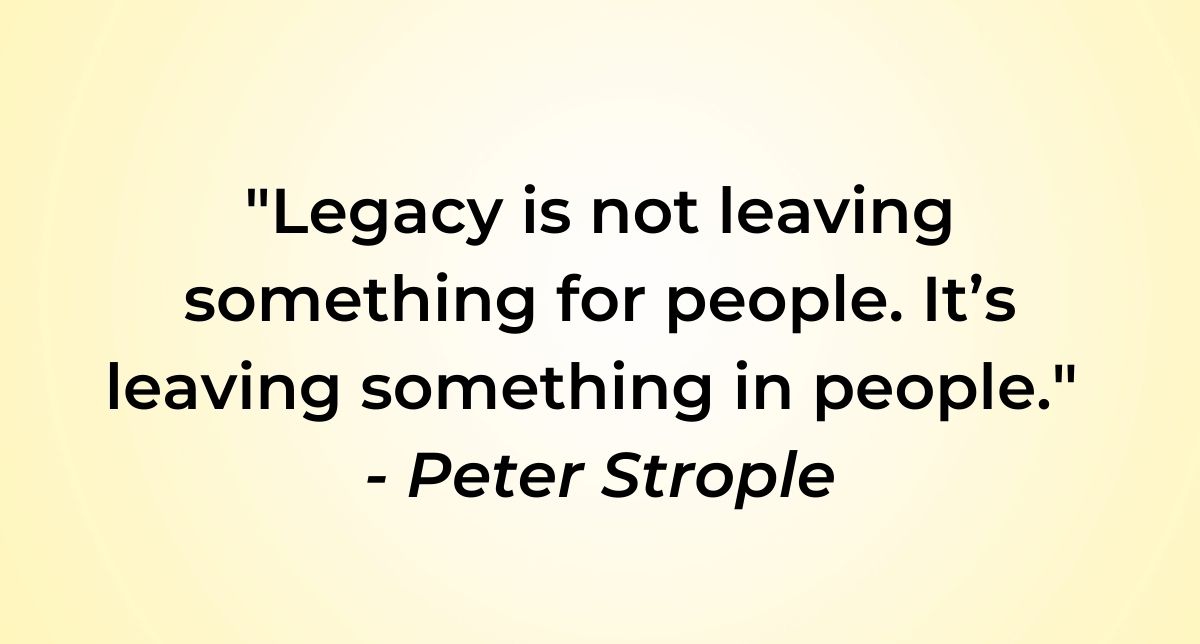
Buttons R’ Us was the classroom business venture of Mr. Jackson’s 5th grade class in the 1990s. Every year, his students set up a table in the school cafeteria to collect orders from other students. We collected the money- something like 50 cents per button and kept it in an old tin box until the end of the year. Over the years, Mr. Jackson collected binders full of images, stickers, and papers, each with a code so kids could pick out their designs, custom-order their buttons, and have the perfect backpack accessory. He taught us how to make the buttons in the classroom, order button-making supplies, and deliver orders on our breaks. At the end of the year, the entire class would use the profits from Buttons R’ Us to buy a resource or tool that the next class could use in the following school year.
Thanks to the class's work a year before us, we had a tape recorder that Mr. Jackson used to voice-record his edits for our short stories and Young Author’s books. He would record his questions, corrections, and suggestions and let us listen to them as often as needed to think through the issues and get the story right.
What a cool lesson to learn as a kid- to know the efforts of a group of kids (that we never knew) gave us something invaluable to our learning. And at the end of our school year, we did the same. We bought a VCR to accompany a small TV a previous class had bought. Mr. Jackson taught us the value of leaving a legacy through our work- one of the many insights he gave that I carry with me today.
How do we create meaning in our work and leave a legacy for others beyond our time in a position? It’s an accumulation of thoughtfulness and small actions to back up intentions. Here are some ways to leave a legacy in our work, beginning today.

Leverage Tech for Good
Technology can be a force for positive change, for example, providing educational opportunities to underserved communities. One excellent example is Ruby for Good, a non-profit organization that provides affordable software development solutions to organizations serving marginalized communities. The mission is to create open-source solutions that anyone can use. Run by an inclusive group of coders and techies of all skill levels, Ruby for Good also creates educational and career opportunities.
With over 150 scholarships awarded, over 60 projects taken on, and over 500 individual contributors, the organization is definitely leveraging tech for good.
Ask yourself and your team some of these questions to brainstorm ideas on using technology for positive change in the community.
- How can we use technology to improve access to education, healthcare, or other essential services in our community?
- What are some innovative ways we can use technology to promote sustainability and protect the environment?
- How can we leverage technology to promote social justice and equity in our community?
- What creative ways can we use technology to promote civic engagement and community involvement?
- How can technology improve communication and collaboration among community members and organizations?
- What are some potential drawbacks or unintended consequences of using technology to address community issues, and how can we address them?
- How can we ensure that our use of technology is inclusive and accessible to all community members, regardless of socioeconomic status or other factors?
Invest in People (Beyond Profit Margins)
I see a lot of posts and articles lately that encourage the idea of “investing in yourself” in terms of personal development, education, and even finances. But the same can apply to your team at work. Investing in employee development shows them you care about their growth and well-being. Employers can support work-life balance by providing flexible work schedules, telecommuting/remote-working options, creating an exceptional workplace, and other benefits that allow employees to better manage their personal and professional responsibilities.
Here are some questions to consider when exploring ways to invest in your team.
- What are the essential skills and knowledge areas we should focus on to support the growth of our employees?
- What resources and support can we provide to ensure continuous learning and skill development?
- What policies or initiatives can we implement to support flexible work arrangements and remote work options?
- How can we encourage employees to take time off and prioritize their well-being?
- How can we create a supportive, inclusive work environment?
- What initiatives can we introduce to reduce stress and burnout?
- Do we offer a time or financial budget allotted for our team to attend classes, courses, or conferences? Or to explore individual topics that would benefit their careers?
- Can we offer financial tools or retirement planning resources?
- Do our employees feel there’s a strong team culture? Do they feel accepted and connected to the rest of their team?
Employees who feel valued and supported inspire creative thinking and can lead to improved organizational outcomes, and they’re more likely to remain with an organization long-term.

Empower Through Mentorship
By now, you might see a theme- it’s not “just” about us. Leaving a legacy means working with the people around us to create something of value for the future. A fantastic way to accomplish this is by offering mentorship or internship opportunities. There are so many benefits to providing mentorship, including some of the following:
- Accelerated growth- Employees learn to overcome obstacles, gain insights, and advance faster in their careers.
- Personalized learning- Mentorship programs are designed to offer tailored guidance and support, meeting individual needs and learning styles.
- Improved collaboration- Employees develop better communication and collaboration skills, leading to more effective teamwork and project outcomes.
- Networking opportunities- Mentorship programs help employees expand their professional networks, leading to new opportunities, connections, and growth.
A tech organization that values mentorship will have all levels of experience on their team, each being guided by someone more experienced than them. Over the years, the junior developer will become a senior developer who will, in turn, draw from their own appreciation for their mentorship opportunities and pass it on to the next, thus building a legacy of mentorship.
At Planet Argon, we mentor interns through several organizations that offer coding bootcamps, like LEARN Academy. After 6-8 weeks working alongside our engineering team, interns have the skills necessary to land an entry-level job.
If you want to incorporate or improve your organization’s mentorship programs, here are some thoughtful questions to consider.
- What was my most valuable mentorship experience, and what made it so impactful?
- What are the key qualities or actions of a great mentor that have positively influenced me?
- What specific skills or knowledge areas are most important for mentorship to address?
- How can we ensure that mentorship experiences are tailored to our team members' individual needs and career goals?
- How can mentorship support our employees' long-term career growth and development?
- How can we encourage open and honest communication within mentorship pairings?
- What can we do to foster community and support among mentors and mentees within the organization?
- What mechanisms can we implement to gather feedback and continuously improve our mentorship program?
- How can we measure the success and impact of mentorship on the professional development of our team members?
- What are the potential challenges or obstacles that we may face in implementing or improving our mentorship program, and how can we address them effectively?

Create Inclusivity
Creating inclusivity is two-fold: you can be an inclusive company that values diversity in your team and collaborations, which is a foundational step. But you can also be inclusive with design and accessibility in technology. There are about 1.3 billion people who have a disability that could hinder them from accessing websites, web applications, and web products. Luckily, there are tools to help users navigate the online world, but those tools are only helpful if a web app is set up and programmed correctly.
Is your application website up to accessibility standards? Do you know what those are? Maybe a valuable step in your organization’s effectiveness is to have an accessibility audit performed. This will give you a comprehensive overview of where your website or app stands and what work needs to be done.
Another way to practice inclusivity is to participate in open-source projects. Open-source communities bring together individuals from diverse backgrounds, enhancing problem-solving skills. They also refer to different identities and life experiences, encouraging us to consider how a project, behavior, and actions might impact people with various abilities, ages, and cultural backgrounds. Open source’s accessible infrastructure ensures that every community member can participate regardless of their skills or backgrounds, including documentation in various formats and languages to make tools more accessible.
- What design principles can we adopt to create more inclusive and accessible products and services?
- How can we involve people with diverse perspectives and experiences in the design process?
- What strategies can we use to promote open and inclusive communication within our team?
- How can we ensure everyone has an equal opportunity to contribute and be heard during team meetings and brainstorming sessions?
- What tools and platforms can we use to facilitate collaboration and communication among team members, regardless of their location or abilities?
- What training and education programs can we implement to promote diversity, equity, and inclusion within our team?
- What feedback processes can we implement to gather input from team members and stakeholders?
Lead With Purpose
A leadership team should lead with purpose. This means providing a clear direction for the team, inspiring others, and creating a meaningful and fulfilling work environment. When you exemplify a strong sense of purpose, you inspire your teams to own their work and their deliverables. You create a safe and comfortable work environment. Make room for mistakes, course corrections, and learning opportunities, knowing everyone’s input is valued, and they’re working towards the same goal. Set clear objectives and targets and provide education, training, and mentorship opportunities.
Here are some questions you can ask yourself (and your leadership team) about leading with purpose.
- What motivates me as a leader, and how does it align with the purpose of our organization?
- How can we ensure a clear purpose drives our leadership decisions and actions?
- How can we communicate our organization's purpose in a way that resonates with and inspires our team members?
- How can we integrate our organization's purpose into our decision-making processes?
- How can we ensure that our leadership actions are aligned with the values and purpose of our organization?
- What key performance indicators reflect our organization's purpose, and how can we measure our success against them?
- What steps can we take to model purposeful leadership behavior for our team members?
By exemplifying personal leadership values, you leave a lasting legacy and a positive impact on everyone around you!
Above All, Be Kind
Lastly, leaving a legacy goes beyond financial success. It extends to the profound impact an individual or a business can have on the world today, tomorrow, and beyond. Think about your own experiences. Have you ever worked for someone whose negative management skills affected your performance in future positions? Have you ever worked for someone whose leadership skills gave you positive lessons to carry forward?
Positive actions, values, and contributions resonate through time. By aligning our professional endeavors with a purpose beyond profits, leaders can leave a legacy that energizes, uplifts, and creates a better world for future generations.
We hope this inspires your team to create a wave of meaningful actions that resonate beyond the present, leaving a legacy of positivity and progress.